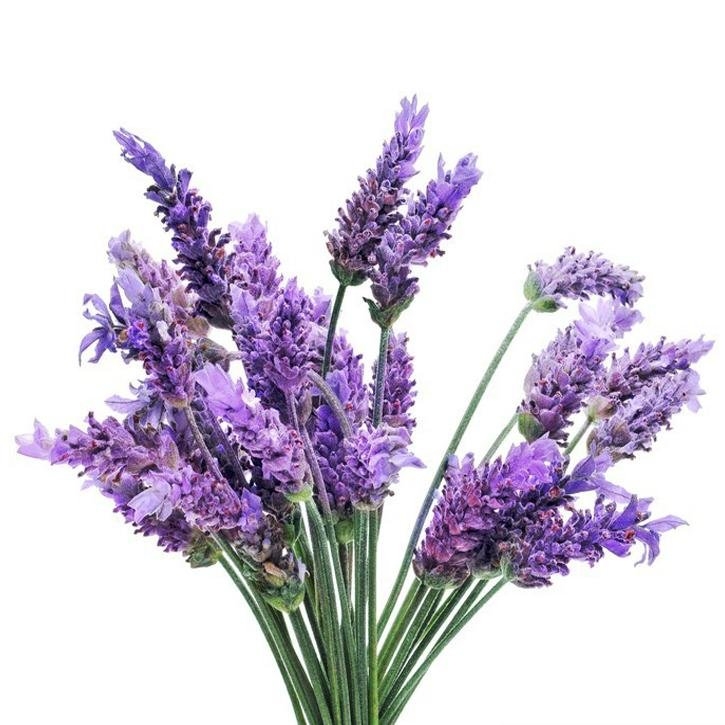Description
Bush of 30 to 50 cm high; pivoting root and ligneous, non-branched stem at the base with yellowish-grey bark. It’s a basal woody bush that every year sprouts new herbaceous, square, little offspring of some inches high. Leaves are opposite, narrow, lanceolate or linear, deep solid-green, slightly coriaceous, hairy at the beginning becoming glabrous later on. Flowers are displayed lengthwise the stem forming glomerulus at the shoot apex. Each glomerulus has two opposite small floral leaves at the base, rhomboidal and membranous. These glomeruli might be somewhat separated or, on the contrary, being so close to each other that they form a tight spike. The calyx is narrowly tubular of 5 to 6 mm long and 1.5 wide, with thirteen to fifteen raised nerves and five small teeth at the edge. One of these teeth has, in the back, a hood-like appurtenance. The corolla is blue and it is a little larger than the calyx. The four stamens are enclosed inside the tubule of the corolla. Leaves and, especially, the flower apex is very scented. The fruit is an oval-shaped tetraachene with four smooth dark brown seeds. It belongs to the Lamiaceae family (=Labiatae).
It grows in Europe and North Africa limy zones. Its widely cultivated for its use in cosmetic industry. It blooms a little later than true lavender. The violet-blue flowers have a strong camphor-like scent, less pleasant than
Part used
Flowering tops.
Indications
Internal use
- Nervousness and anxiety.
- Insomnia.
- Appetite stimulant, nervous originated gastrointestinal disorders, abdominal spasms, dyspepsia, aerophagia.
- Other: headaches, asthma, arthritis.
External use
- Hyper thermal baths in cases of nephritic colics.
- Burns and skin lesions.
- Insect bites.
Bibliography
-.J. Bruneton. Farmacognosia. Fitoquímica. Plantas Medicinales. Editorial Acribia, 2ª edición.
-.Monografía de la SEFIT (Sociedad Española de Fitoterapia).
-.A. Carrasco, R. Martínez Gutiérrez, Virginia Tomas, José Tudela. L. angustifolia and L. latifolia essential oils from Spain: aromatic profile and bioactivities. Planta Med 2016; 82(01/02): 163-170.
-.Nursenem Karaca, Görkem Sener, Betül Demirci and Fatih Demirci. Synergistic antibacterial action of L. latifolia Medik essential oil with camphor. Zeitschrift für Naturforschung C, vol. 76, no. 3-4, 2021, pp. 169-173.
-.H. M. A. Cavanagh,J. M. Wilkinson. Biological activities of Lavender essential oil. Phytotherapy Research Volume 16, Issue 4, p. 301-308.
